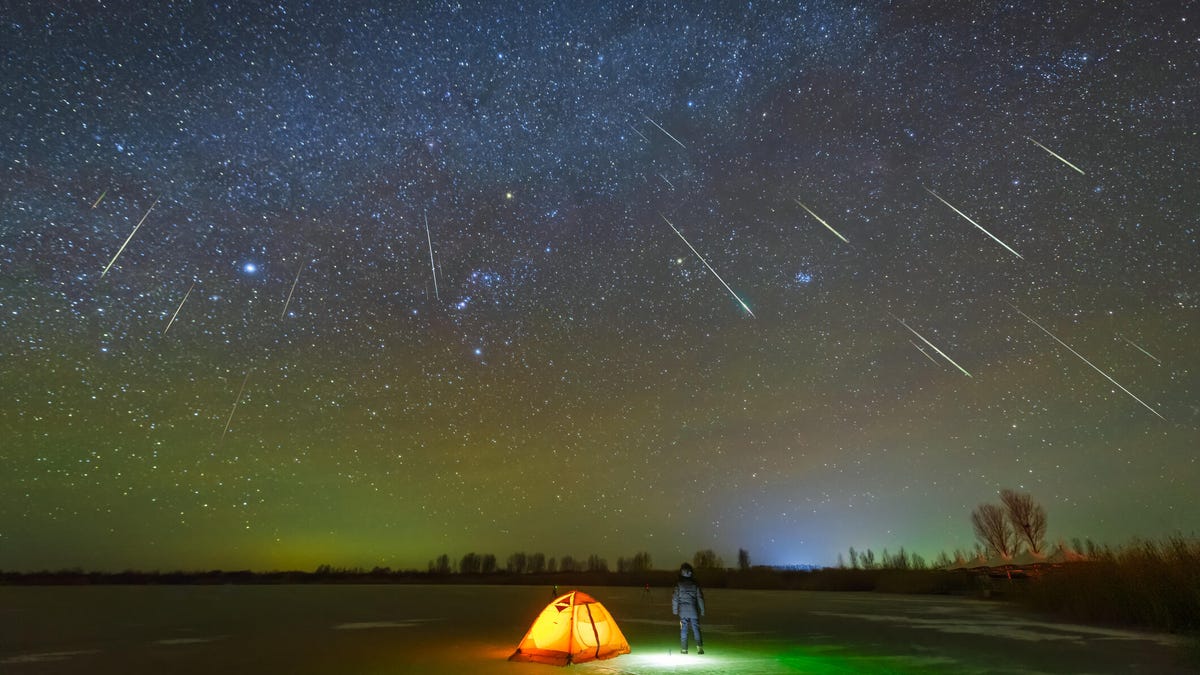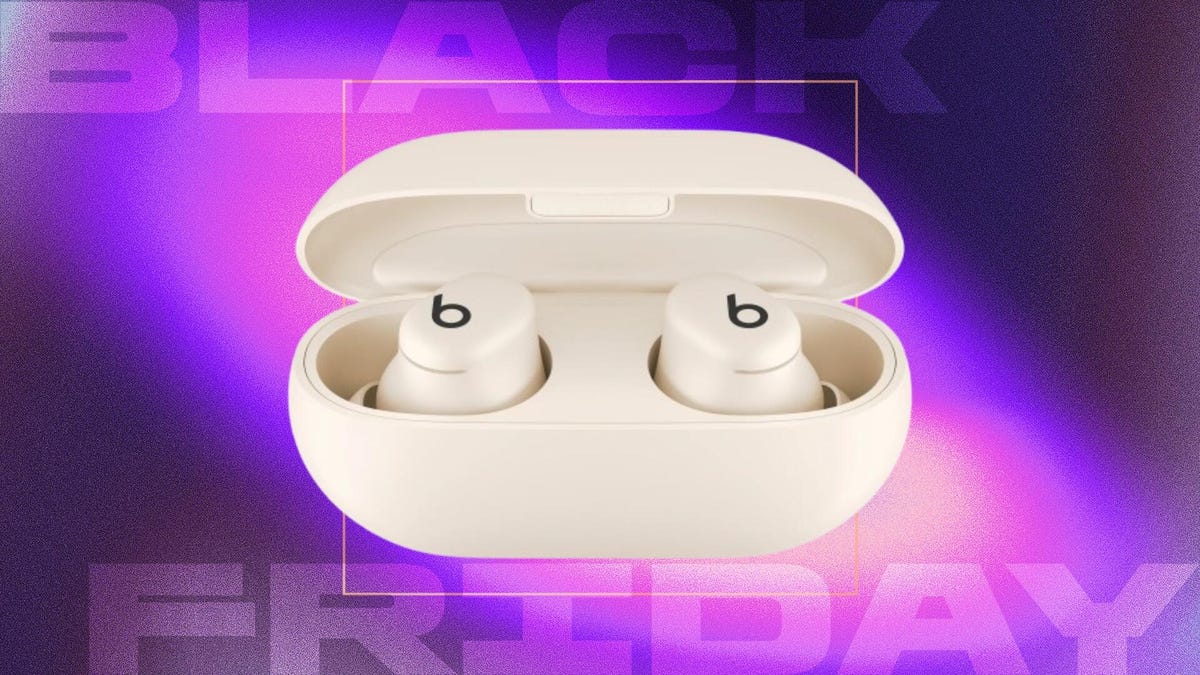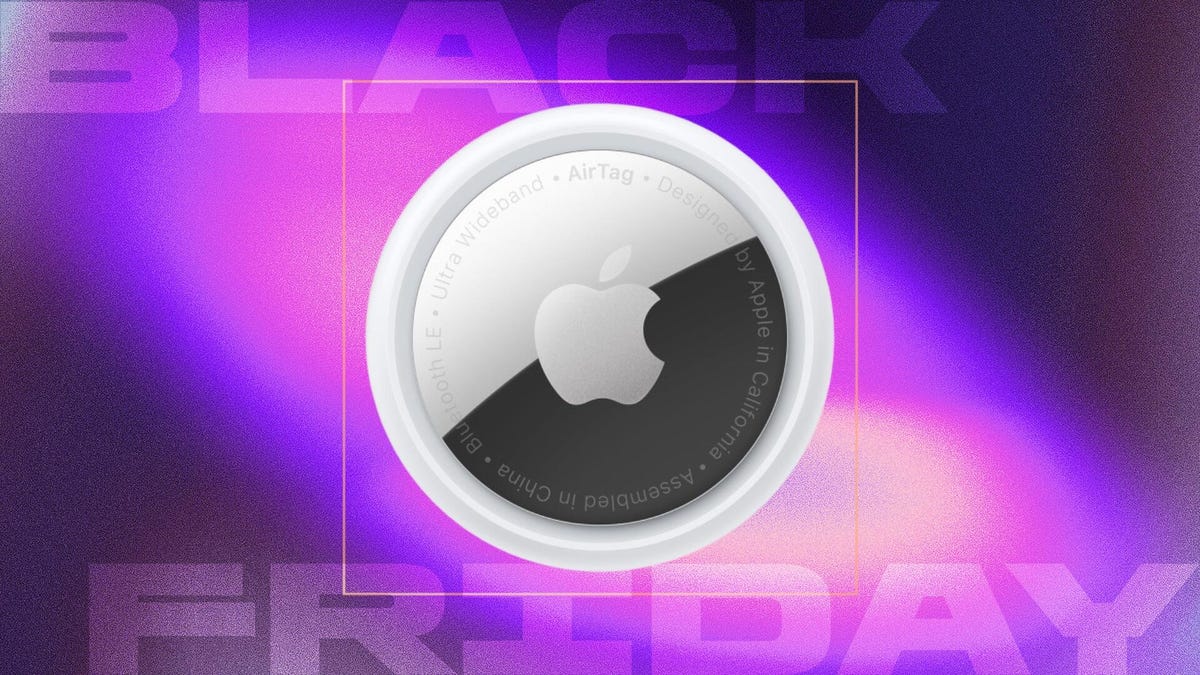Technologies
2 Meteor Showers Are Peaking on the Same Night in July. How to Catch a Glimpse
The Alpha Capricornids and Southern Delta Aquariids meteor showers will be at their full glory on the same day in July.

Meteor showers happen all year. They happen so often that they overlap for significant percentages of the year. There are two times when three meteor showers will be active in October, for example. But a rarer feat? Having two meteor showers that peak at the same time. It’ll happen later this month, on July 29.
The show will come courtesy of the Alpha Capricornids and Southern delta Aquariids meteor showers. The former began on Saturday and runs through Aug. 12, with a peak of July 29. Southern delta Aquariids will start on July 28, peaks early on July 29, and then runs until Aug. 12 as well. That means for one evening, the two meteor showers are peaking at the same time, giving stargazers a much better chance at catching a shooting star.
Of the two, the Southern delta Aquarids is typically the larger meteor shower, tossing upwards of 25 meteors per hour during its zenith. Alpha Capricornids is a lesser meteor shower, with about five per hour on average. Combined, they’ll output an estimated 30 per hour.
Tips to see two meteor showers at once
Since the meteors are coming from two different points in the sky, you would think spotting meteors from both would be difficult, but that is far from the truth.
Alpha Capricornids, which hails from the 169P/NEAT comet, originates from the Capricornus constellation. It will rise from the eastern skies across the continental US around sunset and streak across the southern sky, setting in the western sky at sunrise.
For the Southern delta Aquariids, its radiant — the point from which its meteors seem to originate — is the Aquarius constellation. Aquarius is right next to Capricornus. That means it also rises out of the eastern horizon, streaks across the southern sky, and sets in the western horizon around dawn.
If you have trouble finding either of them, Stellarium’s free sky map will help you hunt them down. Set the time, date and location, and you’re off to the races. Once you find one, the other one is essentially right there next to it.
Tips on spotting meteor showers
As per the norm, the tips here are the same as they are for the aurora borealis and planet parades. Light pollution and weather are your two biggest enemies. Since you can only do anything about one of those, let’s focus on light pollution. You’ll want to drive as far away from the city and suburbs as possible, as the light pollution will make it difficult to see the dimmer meteors. The further away you are, the better, as even suburban light pollution can obfuscate most meteors.
Once out there, you just have to sit and wait. Since the constellations will move across the south as you watch, you may have to rotate your chair if you’re out there for a while. Otherwise, a pair of binoculars may help. Telescopes aren’t recommended, as they obscure your field of view and may actively obstruct your ability to see meteors.
Technologies
Get the Beats Solo Buds for Just $39 With This Early Black Friday Bargain
Hurry, this deal on our favorite budget-friendly wireless earbuds probably won’t be around for long.

We’re big fans of wireless earbuds, not least because they’re small enough to go everywhere with you. Stuck in a line at the grocery store? Your favorite podcast is ready to go, and you won’t bother those around you, either. The Beats Solo Buds are a great addition to anyone’s tech bag, and they even come in a range of colors.
They’re also surprisingly affordable, but this deal makes them an absolute steal. Right now, Walmart is selling a pair of Beats Solo Buds for just $39. These are among CNET’s favorite budget earbuds, even at their original $80 price — and they’re even better at less than half that. Just bear in mind that this deal only applies to the ivory color, so the others are still full price.
Don’t miss any of our unbiased tech content and lab-based reviews. Add CNET as a preferred Google source.
The Beats Solo Buds are among the most affordable Apple-designed earbuds on the market right now. They’re equipped with dual-layer drivers for improved sound quality, intuitive on-device controls and built-in microphones for hands-free calling.
Hey, did you know? CNET Deals texts are free, easy and save you money.
While the earbuds themselves boast an impressive 18-hour battery life, the case doesn’t have a built-in battery. That means that the earbuds will only charge when they’re connected to an outlet or other device via USB-C.
If you’re looking for a budget-friendly pair of earbuds with only basic features, these Beats Solo Buds are a solid bargain at just $59. And if these aren’t what you’re looking for, you can also check out our full roundup of all the best headphone deals available right now for even more options.
HEADPHONE DEALS OF THE WEEK
-
$200 (save $151)
-
$199 (save $150)
-
$329 (save $100)
-
$328 (save $72)
Why this deal matters
While a little more than the best price that we’ve seen them sell for, this Beats Solo Buds deal is still an excellent way to get a pair of brand-name wireless earbuds at a price that won’t break the bank.
They have long-lasting battery life, great sound and that all-important Beats logo, not to mention cool colors to choose from. Just make sure to order yours before this deal comes to a close.
Join Our Daily Deals Text Group!
Get hand-picked deals from CNET shopping experts straight to your phone.
By signing up, you confirm you are 16+ and agree to receive recurring marketing messages at the phone number provided. Consent is not a condition of purchase. Reply STOP to unsubscribe. Msg & data rates may apply. View our Privacy Policy and Terms of Use.
Technologies
Apple’s Item-Finding AirTag Is Down to Just $18 for Black Friday
Never lose your keys again by picking up this bargain Bluetooth item tracker today.

While there are plenty of AirTag alternatives out there, if you’re in the Apple ecosystem, its item tracker is hard to beat. It’s not the cheapest on the market, which makes this Black Friday deal all the more impressive. Order now, and Amazon will send you an Apple AirTag for just $18. That’s an $11 discount when compared to the usual price, but we don’t expect this deal to last. Walmart is also matching the same $18 price, so you have a couple of options when placing your order.
The AirTag is a handy way to keep track of just about anything, from keys to your luggage and everything in between. It’s powered by a single CR2032 battery that lasts approximately a year, and it’s waterproof, so it won’t be damaged by rain.
Hey, did you know? CNET Deals texts are free, easy and save you money.
The AirTag makes finding your stuff easier thanks to support for ultra-accurate location tracking tech, like the U1 ultra-wideband chip. There’s also a tiny built-in speaker, so you can make the AirTag chime, which makes finding it hidden in a bag much easier.
You’ll need an iPhone or iPad to set up the AirTag, but once that’s done, you can also track it using a Mac or Apple Watch. You can even share your AirTag with up to five people.
Why this deal matters
Apple’s AirTag item tracker retails for $29, so this is a notable deal. AirTag deals are usually on packs of four, so if you only need one or two, we suggest taking advantage of this now, while you still can.
Join Our Daily Deals Text Group!
Get hand-picked deals from CNET shopping experts straight to your phone.
By signing up, you confirm you are 16+ and agree to receive recurring marketing messages at the phone number provided. Consent is not a condition of purchase. Reply STOP to unsubscribe. Msg & data rates may apply. View our Privacy Policy and Terms of Use.
Technologies
Apple’s New App Store Rules Take Aim at Personal Data Sharing With AI
The changes are a win for privacy and control.

Apple updated its App Review Guidelines page on Thursday, introducing changes to the handling of personal data sharing and the requirements that must be met before doing so. Noncompliant apps could be removed from the App Store.
The updated language in the rules calls out that personal data shared with third parties must be both clearly disclosed and only with the explicit permission of the user.
The language echoes previous guidelines, but points out that these third parties also include artificial intelligence:
«You must clearly disclose where personal data will be shared with third parties, including with third-party AI, and obtain explicit permission before doing so. Data collected from apps may only be shared with third parties to improve the app or serve advertising (in compliance with the Apple Developer Program License Agreement),» it says.
Don’t miss any of our unbiased tech content and lab-based reviews. Add CNET as a preferred Google source.
Apple didn’t immediately respond to a request for comment.
Most of the world knows AI in the form of chatbots like ChatGPT, Gemini and Claude, but the term extends well beyond these to technologies like machine learning, which learns and improves itself based on data.
Apple is set to release its long-awaited AI-powered Siri soon, which may be powered by a custom version of Google’s Gemini underneath.
The small change is a win in a world where privacy often feels more like a concept than a reality, especially as AI technology continues to surge.
-

 Technologies3 года ago
Technologies3 года agoTech Companies Need to Be Held Accountable for Security, Experts Say
-

 Technologies3 года ago
Technologies3 года agoBest Handheld Game Console in 2023
-

 Technologies3 года ago
Technologies3 года agoTighten Up Your VR Game With the Best Head Straps for Quest 2
-

 Technologies4 года ago
Technologies4 года agoBlack Friday 2021: The best deals on TVs, headphones, kitchenware, and more
-

 Technologies4 года ago
Technologies4 года agoVerum, Wickr and Threema: next generation secured messengers
-

 Technologies4 года ago
Technologies4 года agoGoogle to require vaccinations as Silicon Valley rethinks return-to-office policies
-

 Technologies4 года ago
Technologies4 года agoOlivia Harlan Dekker for Verum Messenger
-

 Technologies4 года ago
Technologies4 года agoiPhone 13 event: How to watch Apple’s big announcement tomorrow
